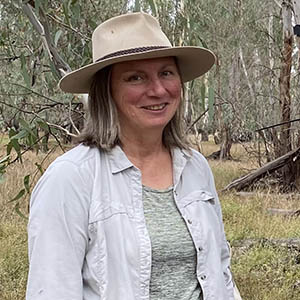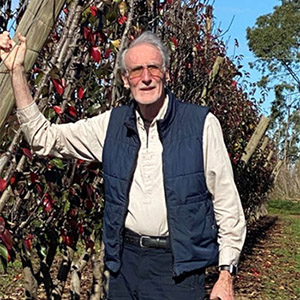Connect and collaborate
We are looking for researchers, students, funding and partners to help take our research to the next level.
To protect our valuable wetlands, we need to better understand them. Lucky, wetland birds are sensitive indicators of the area’s health, though there’s a small catch – they’re also notoriously secretive in their behaviour!
Birds like rails, crakes, snipes and bitterns can give us insights to wetland vitality, but we need to learn more about their distribution, population status and ecology.
That’s where the eavesdropping comes in.
Project name Eavesdropping on wetland birds (2020 - 2027)
Funding Private Philanthropic Gift, CSU Foundation Trust, $610,000
The foundation of this research is a collaboration between ecology and computer science.
This project is a part of a new era in environmental monitoring. Technology is increasingly informing conservation management via automated data collection, algorithms to streamline classification and decision-supporting tools that can balance the needs of different stakeholders.
It’s non-invasive, efficient and cost-effective therefore minimising disturbance to habitat and species. We are using acoustic monitoring technology and remote motion-sensor cameras are being used to extend time and location data collection in order to detect wetland bird species and monitor their diversity. The timing and frequency of the noises the birds make vary seasonally and can also be used to detect breeding events.
Technology is increasingly informing conservation management via automated data collection, algorithms to streamline classification and decision-supporting tools. So, to help eavesdrop on wetland birds, specialised computer scientist Dr Michael Towsey has come on board to automate the analysis of acoustic recordings.
The research objectives are:
This project is a new era in environmental monitoring. It’s non-invasive, efficient and cost-effective, and our communities can be part of the journey. Acoustic monitoring technology is being used to extend time and location data collection in order to detect wetland bird species and monitor their diversity. The timing and frequency of the noises the birds make varies seasonally and can also be used to detect breeding events.
Monitoring has already begun in a selection of wetlands in south-eastern mainland Australia and Tasmania, including managed and unmanaged wetlands of varying scale.



We are looking for researchers, students, funding and partners to help take our research to the next level.